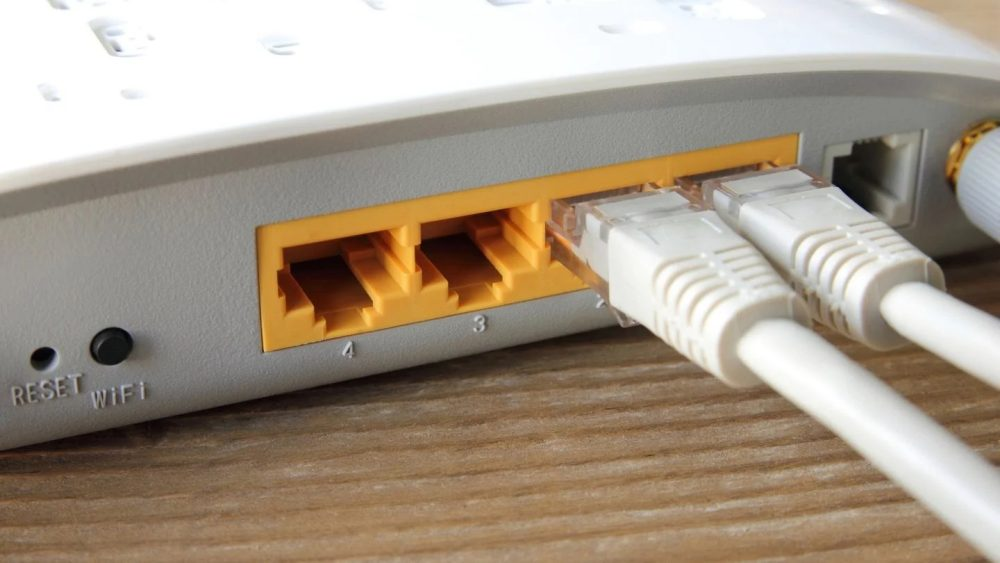A large-scale internet outage struck Pakistan on Tuesday, leaving nearly two-thirds of the country offline and severely disrupting businesses, banking services, education, and daily life. The blackout marks one of the worst digital disruptions the country has faced in recent years.
What makes this incident particularly alarming is its timing — the outage occurred on August 19, the same date a nationwide internet collapse happened in 2022 due to flood-damaged fiber routes. Three years later, a similar disruption has reoccurred, underscoring ongoing vulnerabilities in Pakistan’s internet infrastructure.
The Wireless and Internet Service Providers Association of Pakistan (WISPAP) condemned the repeated failures, calling them a “national failure.” Shahzad Arshad, the chairman of WISPAP, criticized the country’s reliance on a limited number of backbone providers, stating that years of neglect have made such outages a recurring reality.
RAED MORE:
US Diplomat Says American Companies Keen to Invest in Pakistan’s Oil, Gas, and Minerals Sectors
“Internet outages are no longer rare accidents in Pakistan — they’ve become routine,” Arshad said. “For two-thirds of the country to go dark in 2025, on the same day we saw this happen in 2022, should set off alarm bells at all levels of government.”
He emphasized that reliable internet access is now as critical as electricity. “Freelancers, students, hospitals, and banks all rely on uninterrupted connectivity. Every hour offline costs Pakistan millions and damages our global reputation.”
WISPAP has repeatedly urged authorities to take action by diversifying digital infrastructure, encouraging more service providers, building regional internet exchanges, and investing in redundancy systems. Arshad also noted that while smaller ISPs manage to keep some areas connected during nationwide failures, without meaningful policy reform, they cannot fully offset the impact of backbone outages.



